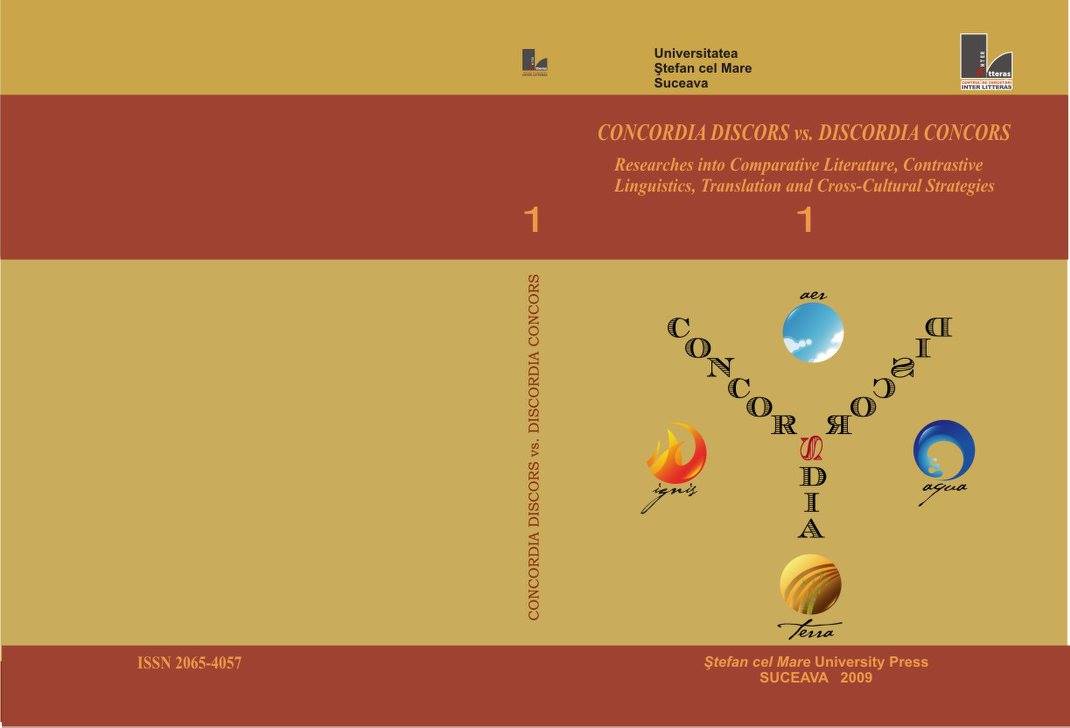DIE LITERARISCHE ÜBERSETZUNG MÖGLICHKEITEN UND GRENZEN IM WISSENSCHAFTLICHEN DISKURS
DIE LITERARISCHE ÜBERSETZUNG MÖGLICHKEITEN UND GRENZEN IM WISSENSCHAFTLICHEN DISKURS
Author(s): Elisabeth BergerSubject(s): Language and Literature Studies, Foreign languages learning, Translation Studies
Published by: UNIVERSITATEA »ȘTEFAN CEL MARE« SUCEAVA
Keywords: translation history; translation theory; translation technique; parallelism; equivalence; sense;
Summary/Abstract: The history of translation is as ancient as the theoriesconcerning translation. Within the progress of this item the discussionfocuses on two conflicting positions, based on the concepts of semanticequivalence and one-to-one correspondence respectively. The questionwhich has always been significant is, whether to move the text to its readeror to move the reader, that is to say how to deal with the text`soverdetermination. An individual word may relate to one word throughassonance, to another through syntactical equivalence or morphologicalparallelism. Signs participate in several different paradigmatic andsyntagmatic patterns which, in their complexity, cannot be transferredcompletely into another language. The article deals with the question “howto translate?”, which means to substitute one sign for another and not tolose too much of its significance. Is authenticity possible or just a Utopiandream?
- Issue Year: 2009
- Issue No: 1
- Page Range: 113-138
- Page Count: 26
- Language: German

